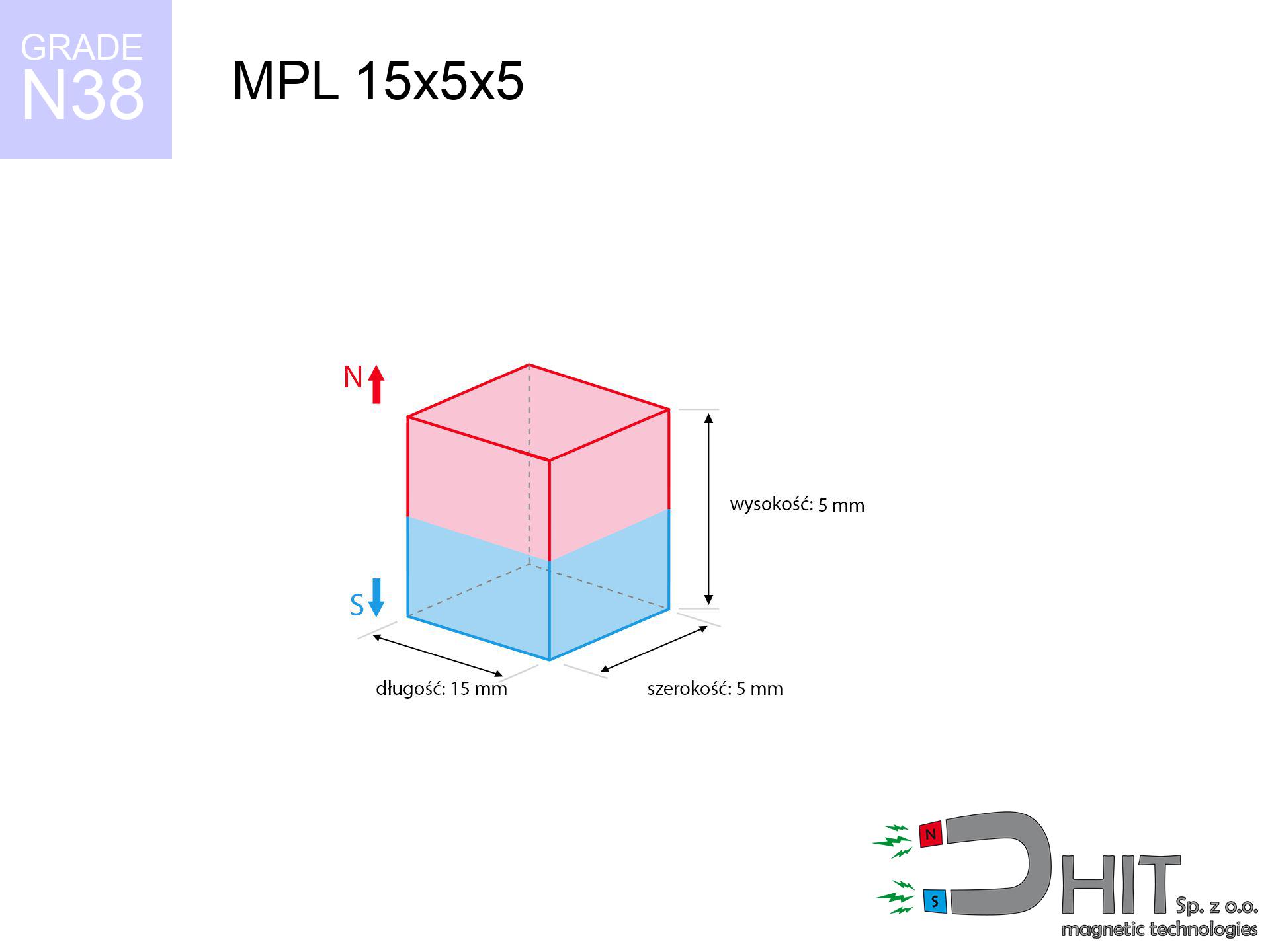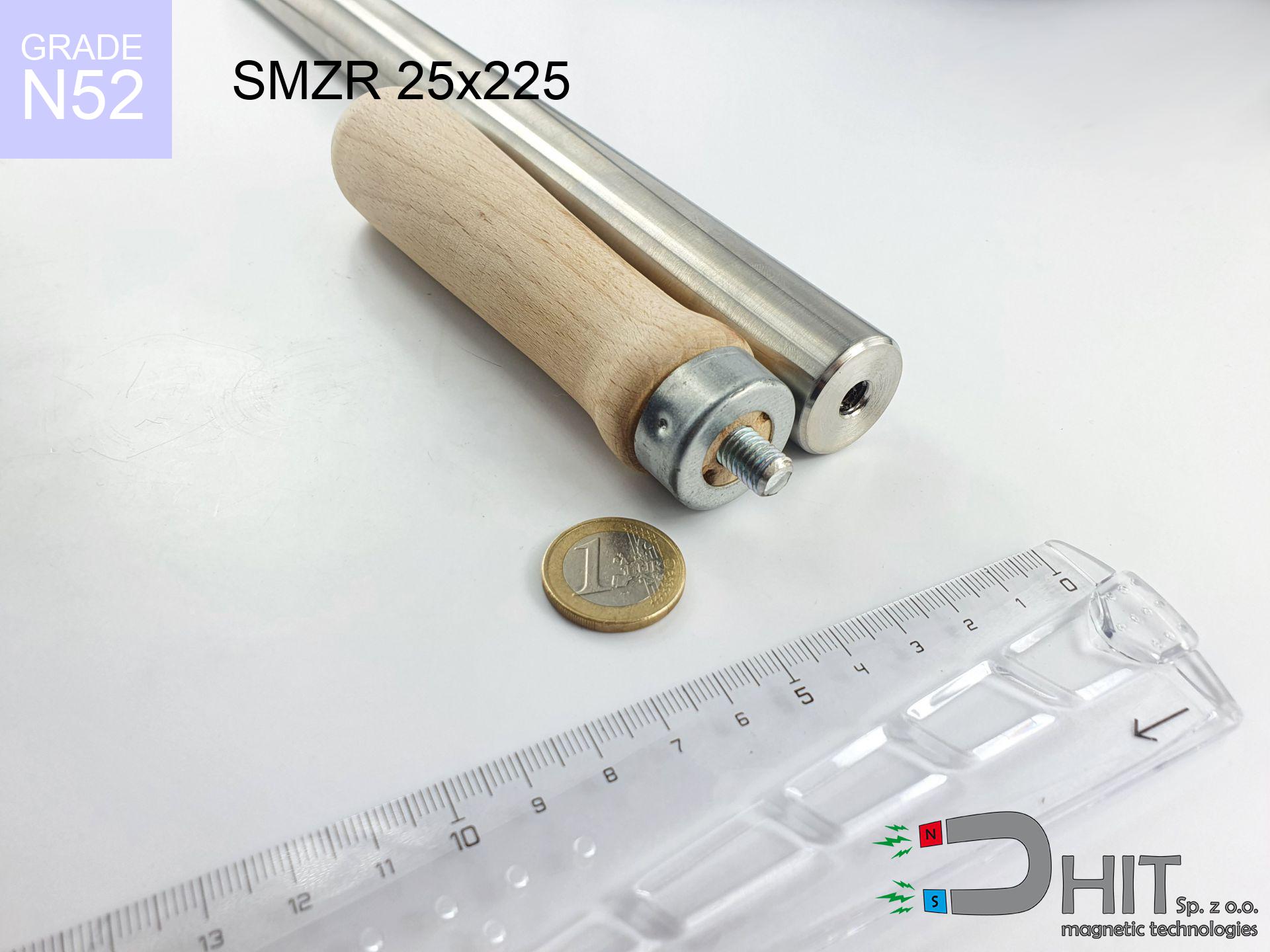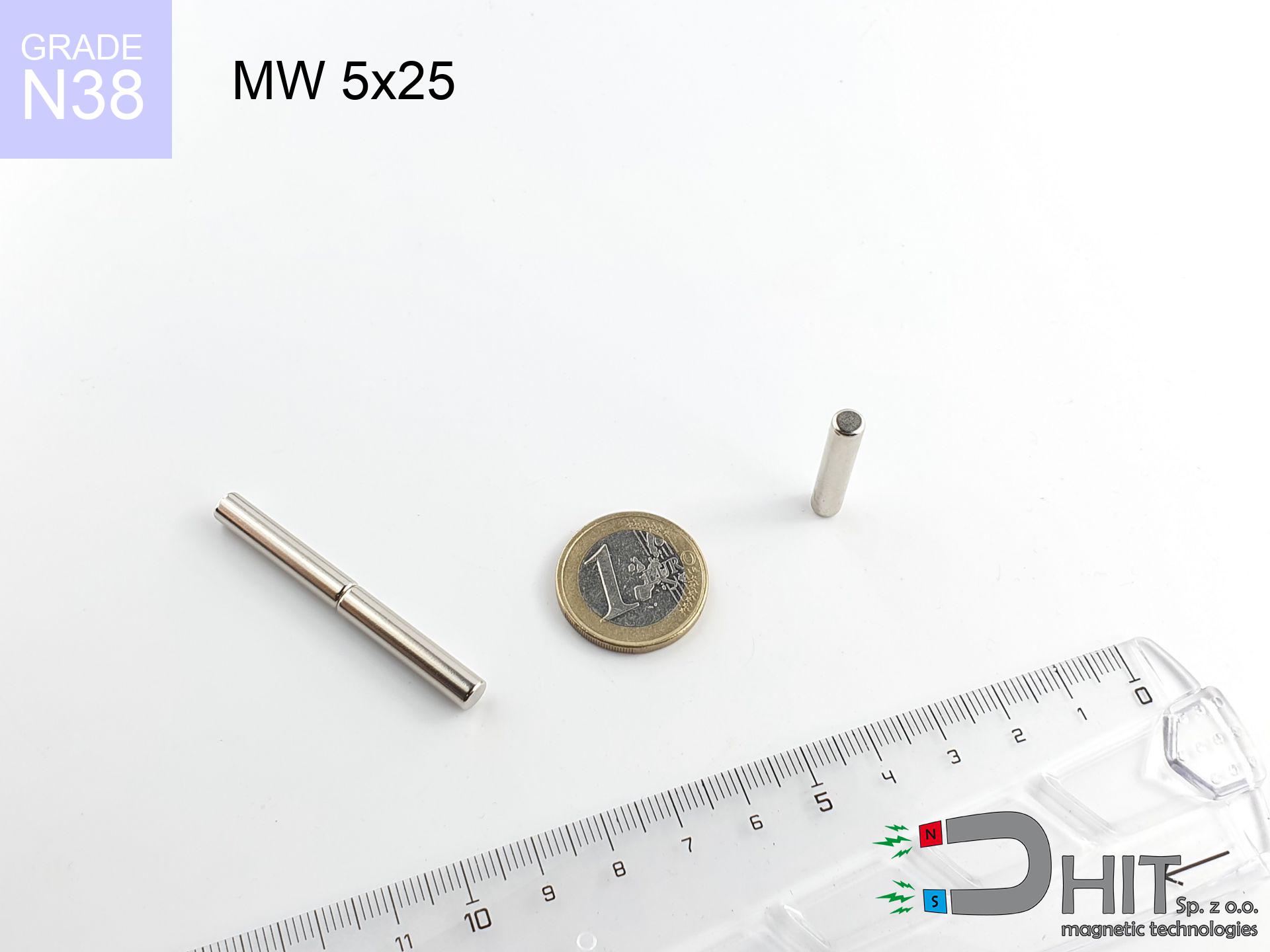MPL 15x5x5 / N38 - lamellar magnet
lamellar magnet
Catalog no 020123
GTIN: 5906301811299
length [±0,1 mm]
15 mm
Width [±0,1 mm]
5 mm
Height [±0,1 mm]
5 mm
Weight
2.81 g
Magnetization Direction
↑ axial
Load capacity
3.42 kg / 33.54 N
Magnetic Induction
468.69 mT
Coating
[NiCuNi] nickel
1.390 ZŁ with VAT / pcs + price for transport
1.130 ZŁ net + 23% VAT / pcs
bulk discounts:
Need more?Not sure what to buy?
Pick up the phone and ask
+48 22 499 98 98
or contact us by means of
request form
the contact page.
Specifications and appearance of magnets can be calculated using our
our magnetic calculator.
Order by 14:00 and we’ll ship today!
Magnetic properties of material N38
Physical properties of sintered neodymium magnets Nd2Fe14B at 20°C
Shopping tips
Pros as well as cons of rare earth magnets.
Besides their tremendous field intensity, neodymium magnets offer the following advantages:
- They virtually do not lose power, because even after 10 years the decline in efficiency is only ~1% (according to literature),
- They maintain their magnetic properties even under external field action,
- In other words, due to the metallic surface of nickel, the element becomes visually attractive,
- Magnetic induction on the surface of the magnet turns out to be extremely intense,
- Neodymium magnets are characterized by very high magnetic induction on the magnet surface and can work (depending on the form) even at a temperature of 230°C or more...
- Thanks to the ability of flexible shaping and adaptation to custom projects, magnetic components can be produced in a broad palette of geometric configurations, which makes them more universal,
- Wide application in high-tech industry – they find application in hard drives, electromotive mechanisms, diagnostic systems, as well as technologically advanced constructions.
- Compactness – despite small sizes they offer powerful magnetic field, making them ideal for precision applications
Characteristics of disadvantages of neodymium magnets: application proposals
- Susceptibility to cracking is one of their disadvantages. Upon strong impact they can fracture. We advise keeping them in a steel housing, which not only protects them against impacts but also raises their durability
- When exposed to high temperature, neodymium magnets suffer a drop in power. Often, when the temperature exceeds 80°C, their strength decreases (depending on the size and shape of the magnet). For those who need magnets for extreme conditions, we offer [AH] versions withstanding up to 230°C
- Magnets exposed to a humid environment can rust. Therefore while using outdoors, we suggest using waterproof magnets made of rubber, plastic or other material resistant to moisture
- Due to limitations in producing threads and complex shapes in magnets, we recommend using a housing - magnetic holder.
- Potential hazard related to microscopic parts of magnets are risky, in case of ingestion, which gains importance in the aspect of protecting the youngest. It is also worth noting that small components of these magnets are able to be problematic in diagnostics medical after entering the body.
- High unit price – neodymium magnets cost more than other types of magnets (e.g. ferrite), which can limit application in large quantities
Magnetic strength at its maximum – what it depends on?
Breakaway force was defined for the most favorable conditions, including:
- using a base made of low-carbon steel, acting as a magnetic yoke
- whose transverse dimension reaches at least 10 mm
- characterized by lack of roughness
- without the slightest air gap between the magnet and steel
- for force applied at a right angle (in the magnet axis)
- in stable room temperature
Determinants of practical lifting force of a magnet
Real force is influenced by working environment parameters, mainly (from priority):
- Clearance – existence of foreign body (paint, tape, air) interrupts the magnetic circuit, which reduces power steeply (even by 50% at 0.5 mm).
- Direction of force – maximum parameter is available only during perpendicular pulling. The shear force of the magnet along the surface is standardly many times smaller (approx. 1/5 of the lifting capacity).
- Wall thickness – thin material does not allow full use of the magnet. Part of the magnetic field passes through the material instead of generating force.
- Material composition – different alloys reacts the same. High carbon content weaken the attraction effect.
- Surface finish – ideal contact is possible only on polished steel. Rough texture create air cushions, weakening the magnet.
- Temperature – temperature increase causes a temporary drop of force. It is worth remembering the maximum operating temperature for a given model.
* Lifting capacity testing was carried out on a smooth plate of optimal thickness, under perpendicular forces, however under attempts to slide the magnet the load capacity is reduced by as much as 75%. Moreover, even a small distance {between} the magnet’s surface and the plate decreases the holding force.
Precautions when working with NdFeB magnets
Product not for children
Adult use only. Small elements can be swallowed, causing serious injuries. Keep away from children and animals.
Electronic hazard
Equipment safety: Neodymium magnets can ruin data carriers and delicate electronics (pacemakers, medical aids, mechanical watches).
Life threat
Medical warning: Strong magnets can deactivate heart devices and defibrillators. Do not approach if you have medical devices.
Handling guide
Exercise caution. Neodymium magnets act from a long distance and snap with huge force, often faster than you can react.
Dust is flammable
Drilling and cutting of neodymium magnets carries a risk of fire risk. Magnetic powder reacts violently with oxygen and is difficult to extinguish.
GPS and phone interference
A powerful magnetic field interferes with the functioning of compasses in phones and navigation systems. Maintain magnets near a smartphone to prevent damaging the sensors.
Allergy Warning
Studies show that nickel (standard magnet coating) is a strong allergen. For allergy sufferers, refrain from touching magnets with bare hands and choose versions in plastic housing.
Protective goggles
Despite metallic appearance, neodymium is brittle and cannot withstand shocks. Do not hit, as the magnet may crumble into hazardous fragments.
Heat sensitivity
Control the heat. Heating the magnet to high heat will destroy its magnetic structure and pulling force.
Bone fractures
Watch your fingers. Two large magnets will snap together instantly with a force of massive weight, destroying anything in their path. Exercise extreme caution!
Attention!
Looking for details? Check our post: Why are neodymium magnets dangerous?






![UMGZ 20x15x7 [M4] GZ / N38 - magnetic holder external thread UMGZ 20x15x7 [M4] GZ / N38 - magnetic holder external thread](https://cdn3.dhit.pl/graphics/products/um-20x15x7-m4-gz-vaf.jpg)


